PART VI. Striking Errors:
Die Alignment Errors:
Pivoted die error
Definition: Any lateral misalignment greater than 10% is likely to involve the entire die assembly. There just isn’t enough play in the hammer die’s recess to allow this sort of lateral movement. Even if there was, the die would surely fall out. It may be that most horizontal misalignments have nothing to do with a loose die and everything to do with an unstable die assembly.
If major horizontal misalignments can be caused by movement of the entire die assembly, then other sorts of lateral movements are also possible. This 1983-D nickel shows a normal first strike and a possible pivoted die error on the second strike. The obverse die was shifted to the left about 30% and rotated perhaps 20 degrees. While this could be a combination of a horizontal misalignment and a rotated die error, it could represent a single movement of the hammer die assembly — a pivot.
In a pivoted die error, the obverse die seems to rotate around a vertical axis that runs along the side of the die shaft and may even occupy empty space lateral to the die shaft. In actuality, the entire die assembly is pivoting.
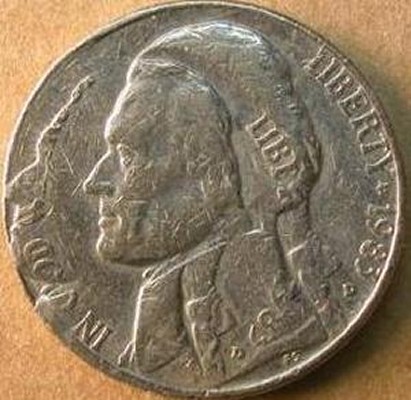
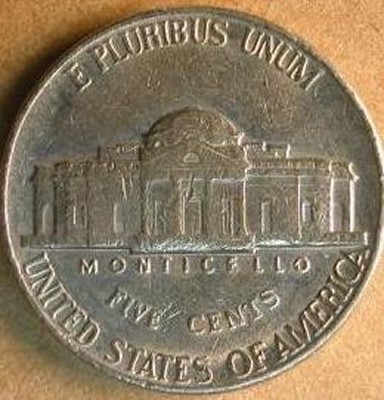
As described above, pivoted die errors pose a diagnostic challenge. Unless the apparent rotation is greater than 45 degrees, any potential pivoted die error can also be interpreted as a combination of a horizontally misaligned and rotated die (or die assembly). It takes an unusual error to break this impasse.
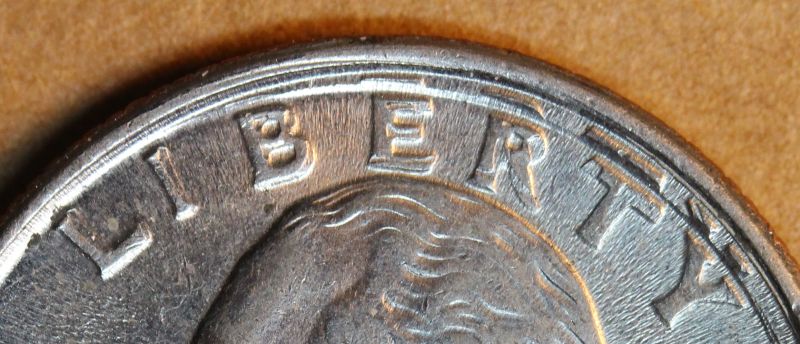
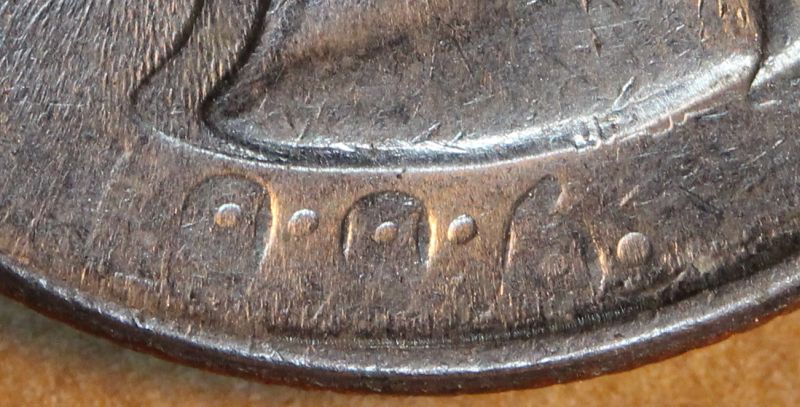
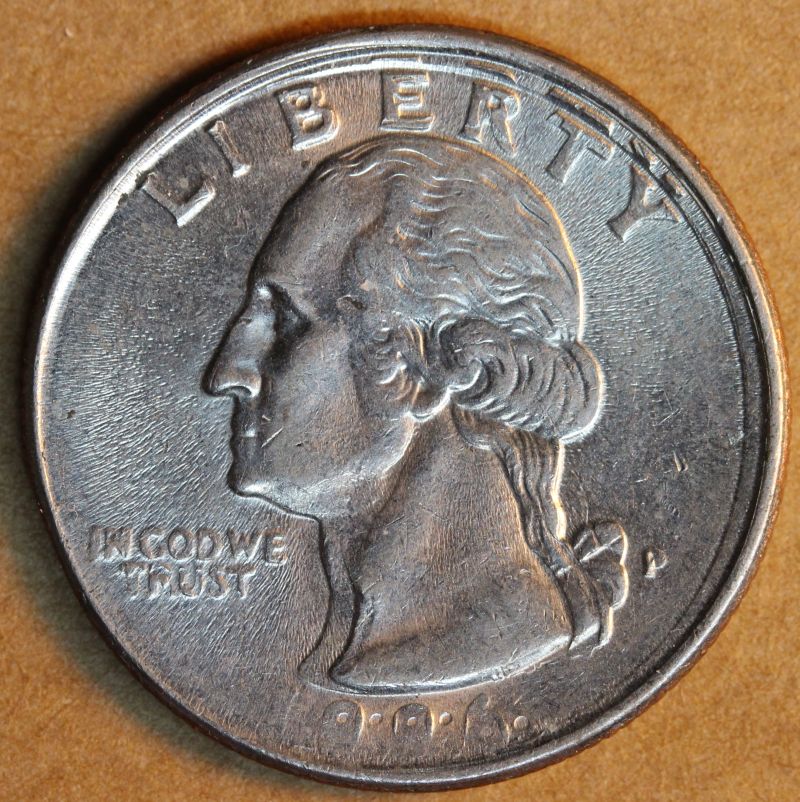
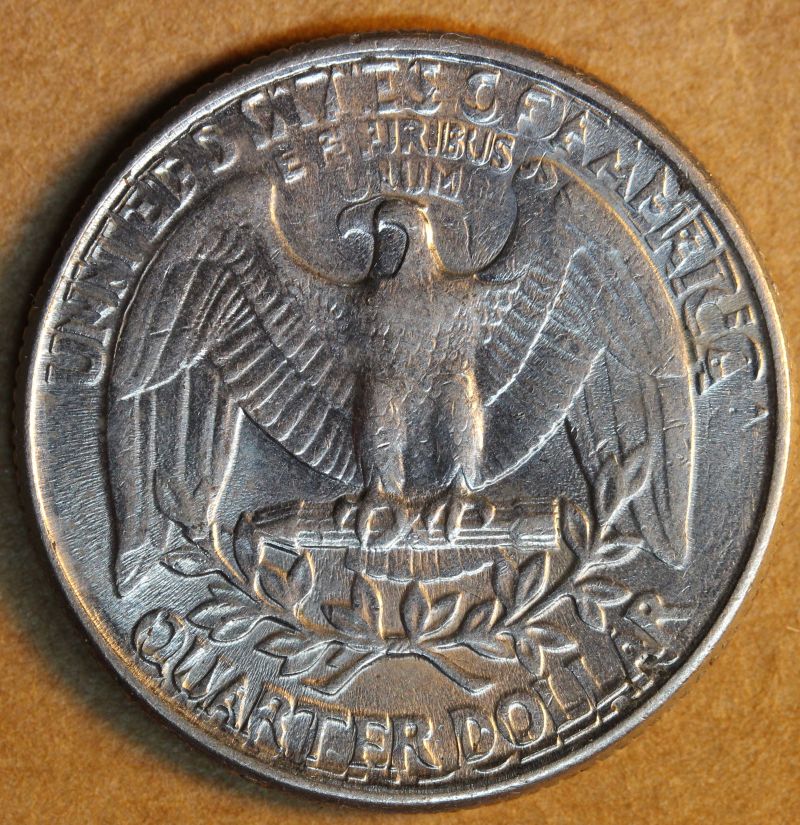
This 1996-P quarter features a centered double strike, with a clockwise rotation of the coin between strikes. The first strike was in-collar while the second strike was out-of-collar (broadstruck). This coin also incorporates a counterclockwise pivot of the obverse (hammer) die between strikes.
As expected, primary and secondary design elements on the reverse face show a consistent rotational offset around the entire perimeter.
The date shows the same rotational offset. However, at the opposite pole, the primary and secondary letters of LIBERTY show a smaller amount of offset that shrinks as one moves from right to left. The first few letters of LIBERTY show no rotational offset at all.
This pattern could only have occurred if the obverse (hammer) die assembly had pivoted counterclockwise as the coin was rotating clockwise. The axis of rotation would have been located near 6:00. Owing to the pivot, the obverse design is shifted slightly more toward the southwest than the reverse is toward the northwest.